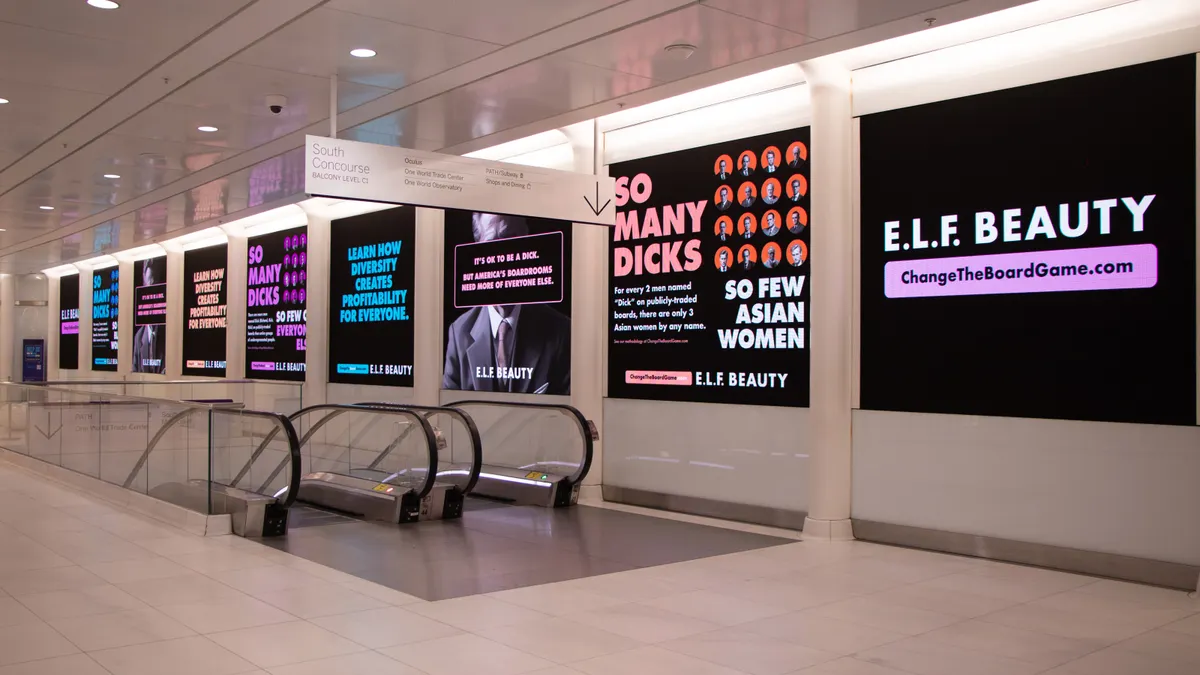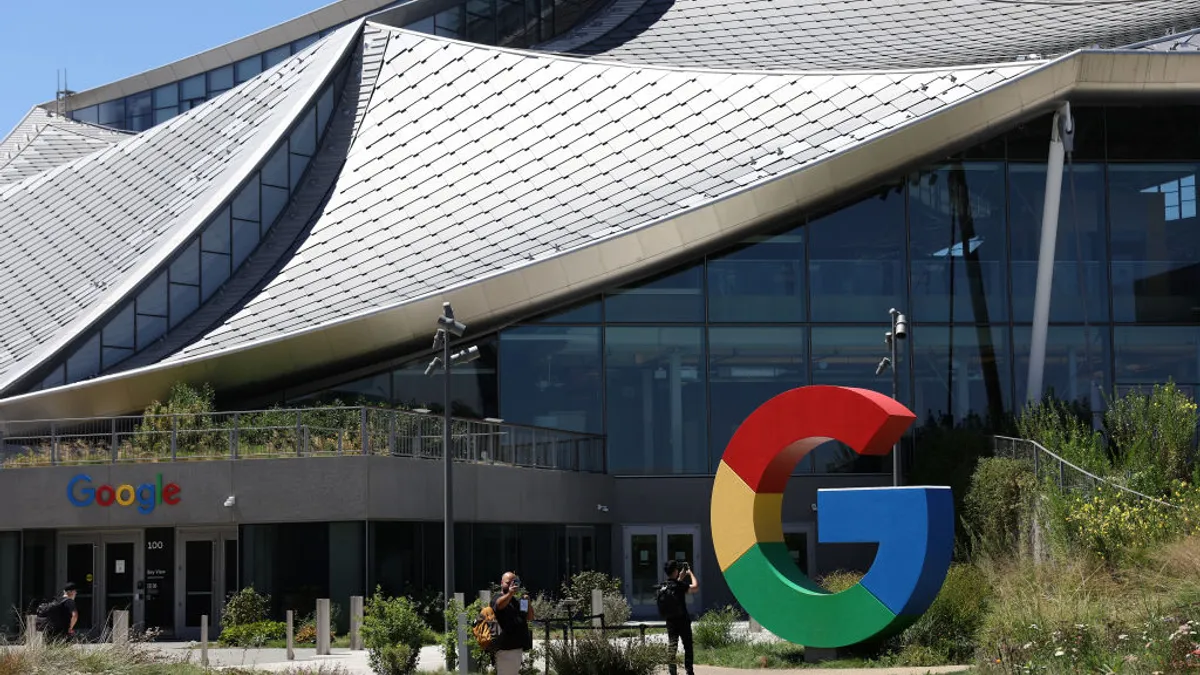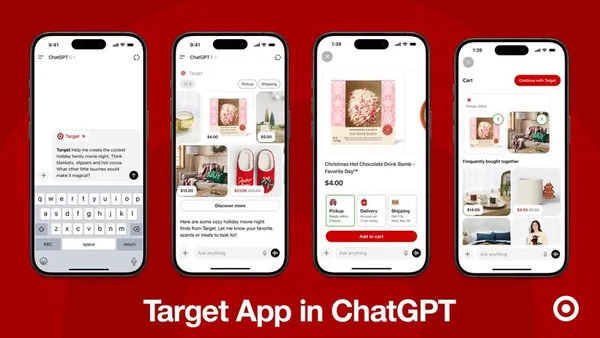Brief:
- The number of m-commerce transactions will overtake e-commerce transactions globally by 2019, according to a forecast by 451 Research provided to Mobile Marketer. China will lead the way, this year becoming the first country whose online spending exceeds $1 trillion with mobile devices as the primary gateway to digital commerce, 451 predicted.
- Mobile contactless payments also will surpass $1 trillion worldwide this year, with services like Apple Pay and Google Pay increasing at a 30.7% compound annual growth rate (CAGR) through 2022. Despite that growth, contactless payments will account for just 1.4% of global brick-and-mortar retail sales this year and reach only 3.8% by 2022, per 451.
- Online commerce will grow more than six-times the rate of in-store sales to reach $5.8 trillion by 2022 as consumers turn to online and mobile channels to make purchases that they traditionally would have made in stores. Online purchase methods like click-and-collect and mobile order-ahead are helping to drive that growth, per 451.
Insight:
451 Research's Global Unified Commerce Forecast supports the predictions of other researchers who expect that growth from online channels will continue to outpace the growth in-store retail sales, with mobile leading the way. That means traditional retailers will need to continue to adapt to the changing preferences of consumers who rely on mobile devices, search engines and e-commerce providers to make informed purchase decisions. As a percentage of overall retail sales, digital commerce will account for 10.2% in 2018 and 17.3% by 2022, per 451 Research.
For developing markets like China, mobile devices are the primary computing platform. That means mobile platforms increasingly will be the first and often only touchpoint retailers have with a shopper, 451 said. China's growing dependence on electronic payments does worry policymakers who are concerned that mobile technology is pushing poor or elderly consumers out of the economy, per Foreign Policy.
Meanwhile, brick-and-mortar adoption of mobile contactless payments will vary by country. While some urban areas of China are mostly cashless, mobile payments have been slower to catch on among U.S. consumers who are accustomed to the convenience of credit and debit card payments. Japanese consumers also are resistant to electronic payments, with credit cards and other cashless systems accounting for only 20% of all consumer payments, compared with 90% in South Korea and 60% in China.
In the U.S., coffee chain Starbucks has the most popular contactless payment app, according to researcher eMarketer. This year, 23.4 million people ages 14 or older will use the coffeehouse chain's app to make a purchase at a Starbucks location at least once every six months. The number of U.S. consumers that use contactless mobile payment will grow 14.5% to 55 million this year, eMarketer estimated. For the first time, more than 25% of U.S. smartphone users ages 14 and older will make a proximity mobile payment at least once every six months.











